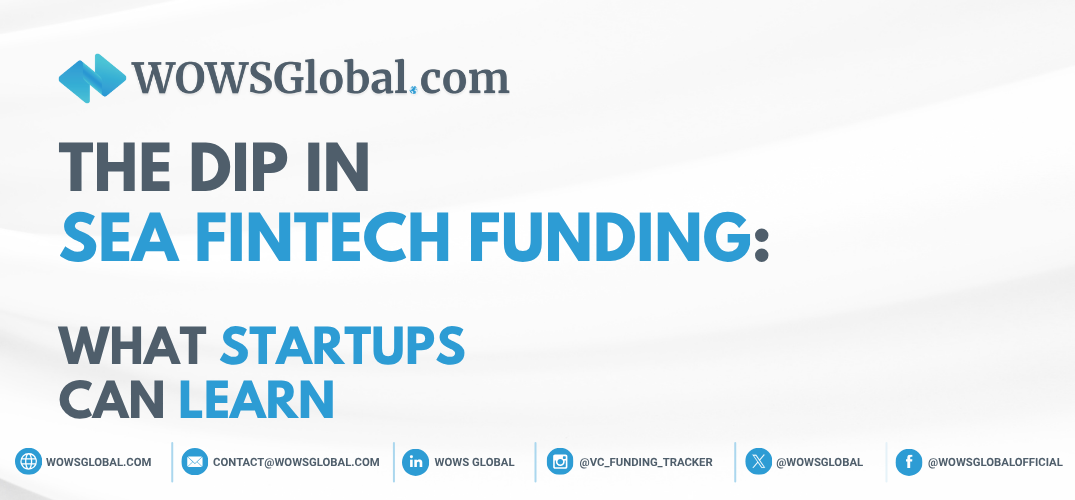Private Debt’s Quiet Climb: The Unsung Hero of Southeast Asia’s Growth Story
Business Growth Southeast Asia SEA Private Debt 4 Minutes

A new engine for growth
When most people talk about capital flows in Southeast Asia, the spotlight usually falls on venture capital or private equity. Unicorn valuations, splashy IPO hopes, and billion-dollar buyouts dominate the headlines. Yet in the background, another story is unfolding, quieter, steadier, and arguably more transformative for the region’s real economy: the rise of private debt.
Filling the SME financing gap
Southeast Asia’s economies run on small and medium-sized enterprises (SMEs). They make up more than 95% of all firms, employ the bulk of the workforce, and drive national GDPs. Yet banks across Indonesia, Vietnam, and even Thailand still struggle to extend sufficient credit. In some markets, up to 70% of SMEs are underbanked.
Private debt is stepping into this gap. By offering flexible, non-dilutive financing, direct lenders are giving founders and business owners a way to grow without giving up control, or waiting for scarce IPO windows to open. For a region where “everyday champions” matter just as much as headline-grabbing unicorns, private debt is proving to be a lifeline.
Big money is paying attention
The past 18 months have been a turning point:
-
Temasek, Singapore’s sovereign wealth fund, launched a dedicated private credit platform with a starting portfolio of roughly S$10 billion, an institutional signal that private credit is no longer niche.
-
Atome Financial, a Singapore fintech, secured an $80 million private debt facility from BlackRock, InnoVen, and Temasek’s EvolutionX to fuel regional expansion. The company grew revenues 45% in 2024 to $280 million, proof that private debt can scale real businesses.
-
A Preqin survey found that 20% of investors now view Southeast Asia’s private credit market as the region’s top investment opportunity, outpacing traditional asset classes.
WOWS has also seen this momentum first-hand, supporting several clients in securing private debt facilitiessmaller than Atome’s but equally critical in unlocking growth, bridging expansion plans, and avoiding equity dilution. These deals rarely make the headlines, but they are reshaping the financing landscape for ambitious SMEs across the region.
Why it matters now
Global growth is slowing, and credit conditions remain tight. Yet Southeast Asia is projected to grow at nearly twice the pace of developed markets. This divergence makes private credit uniquely attractive: investors gain access to growth economies, while founders gain much-needed flexibility in a world where traditional bank loans remain elusive.
The nuance, however, is local. Success in SEA private debt isn’t about parachuting in capital, it’s about understanding sector dynamics in Jakarta, the realities of consumer finance in Manila, or the logistics bottlenecks in Ho Chi Minh City. Funds that lean into that local knowledge are the ones writing the most resilient deals.
WOWS Insights
At WOWS, we believe private debt is not just a financial instrument, it’s becoming one of the most important growth engines for Southeast Asia. For our clients, it has already meant the difference between shelving expansion plans and pressing ahead with confidence.
As private credit cements its place in the region’s capital stack, the winners will be those who can combine growth ambition with financial flexibility. And sometimes, the quietest climb is the one that carries the most weight.
Related Posts
-

Capital SEA B2B ASEAN 7 Minutes
Cocoon Capital: Backing Southeast Asia’s Quiet B2B Revolution
From AI-powered stroke diagnostics to pharma distribution and SME payment rails, Cocoon Capital backs the “invisible” infrastructure powering Southeast Asia’s next wave of growth. This Investor Spotlight unpacks their B2B and deep-tech thesis, how they invest, and the founders they champion. -

Tourism Travel SEA Tech 5 Minutes
Yacht Me Thailand: Digital Yacht Charter Platform for a Fragmented Market
Yacht Me Thailand is digitising yacht and boat charters across Thailand’s top marine destinations. With operator-first tools, sustainability at its core and ambitions to become a regional boating OTA, the platform is emerging as a notable travel-tech and marine tourism play. -

Fintech AI Startups Early Startups SEA 4 Minutes
The Dip in SEA Fintech Funding: What Startups Can Learn
SEA fintech funding has dipped, but capital is still on the field for disciplined teams. This article unpacks what the new funding rules look like and how founders can upgrade models, governance, monetization, and capital stacks. Learn where investor expectations have shifted and how WOWS Global can help you get raise ready. -

Series B Singapore SEA India 5 Minutes
Iron Pillar: Scaling India-Built Tech Into Southeast Asia
Iron Pillar is a venture-growth firm backing India-built technology as it scales across Southeast Asia. This spotlight covers stage focus, typical checks (US$5–15M), sectors, SEA go-to-market via Singapore, and notable portfolio patterns in SaaS and platforms. For founders and co-investors, it’s a practical guide to where Iron Pillar fits, and how to engage. -

SEA Startup & Venture Capital Proptech Media 4 Minutes
Catcha Group: Company-builders Powering SEA’s Internet Plays
Catcha Group has spent two decades building and backing Southeast Asia’s internet champions, from classifieds and OTT to flexible workspaces. With hands-on operating support and smart consolidation plays, the firm has turned category leaders into headline exits. -

Biotech AI SEA Startup & Venture Capital deep-tech 6 Minutes
Granatus Ventures: Deep-Tech Builders Bridging Armenia and Southeast Asia
Granatus Ventures backs IP-rich startups in AI, biotech, robotics, and advanced/quantum computing, pairing early checks with an Armenia engineering engine and a Singapore touchpoint for SEA pilots. Learn how their SDG-aligned thesis translates into practical capital and deep technical diligence.
